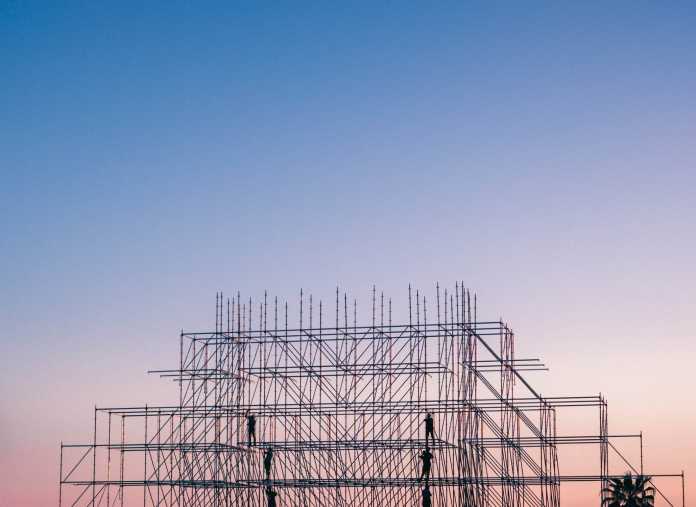The first products resembling stainless steel were produced already in the second half of the 19th century in France. At that time, it was discovered that a mixture of iron and chromium protects steel from acidic substances. It was not until the 1920s, however, that the product became more widely used thanks to the English engineer Harry Brearley. Originally it was used only in the production of cutlery, but over time it gained a number of other applications in various industries. What is the phenomenon of stainless steel?
How is stainless steel produced?
Stainless steel products are iron alloys containing in their composition at least 11% chromium and additives of other chemical elements, which protect the steel from corrosion by atmospheric agents or dilute acids. All thanks to a protective passive layer formed as a result of a chemical reaction between chromium contained in steel and oxygen present in the atmosphere. The chromium oxide layer effectively protects the steel from certain environments, which is why stainless steel tubing products can be successfully used in a variety of industries – from petroleum product tankers to the food industry. The chromium oxide layer is invisible to the human eye and has a thickness of about 1/1000mm.
Advantages of using stainless steel in the industry.
Stainless steel products are used, for example, in the manufacture of elevators, refrigerators and air conditioners. With the help of this material are also often created cutlery, pots, dishes and surgical instruments. In recent years, stainless steel has also gained acceptance in the construction industry. In addition to fittings, it is also often used in finishing for decorating columns or manufacturing railings. Surfaces made of stainless steel are extremely easy to keep clean. That is why HACCP standards require that stainless steel should be used in contact with food, and in the finishing of public buildings stainless steel handles, railings and landscaping elements are installed.
Stainless steel is characterized by longevity, and products made of this material do not require tedious and costly maintenance. In addition, stainless steel can be recycled, and even then it does not lose its unique anti-corrosion properties. In addition to resistance, many experts also draw attention to the numerous available grades of steel with different properties, as well as the variety of products made of this material. On the market we can successfully find pipes, sheets, rods or angles made of stainless steel. In addition, in the case of finishing works we also have a full range of surface types to choose from, which we can use in accordance with the architectural vision. You can reach out to Nucor Skyline sheet pile rental for a more cost-friendly approach.
Stainless steel products can be used in aggressive environments, and the material itself is characterized by high temperature resistance and ease of processing. Not surprisingly, according to the Stainless Steel Association, the apparent consumption of stainless steel in Poland in 2019 was more than half a million tons, which was twice as much as a decade ago. The versatility of stainless steel means that every year engineers around the world find new applications for it. Undoubtedly, stainless steel is a material for the 21st century. Given the technological changes and environmental trends, these are the materials that will enjoy the greatest popularity in the coming years.




































































